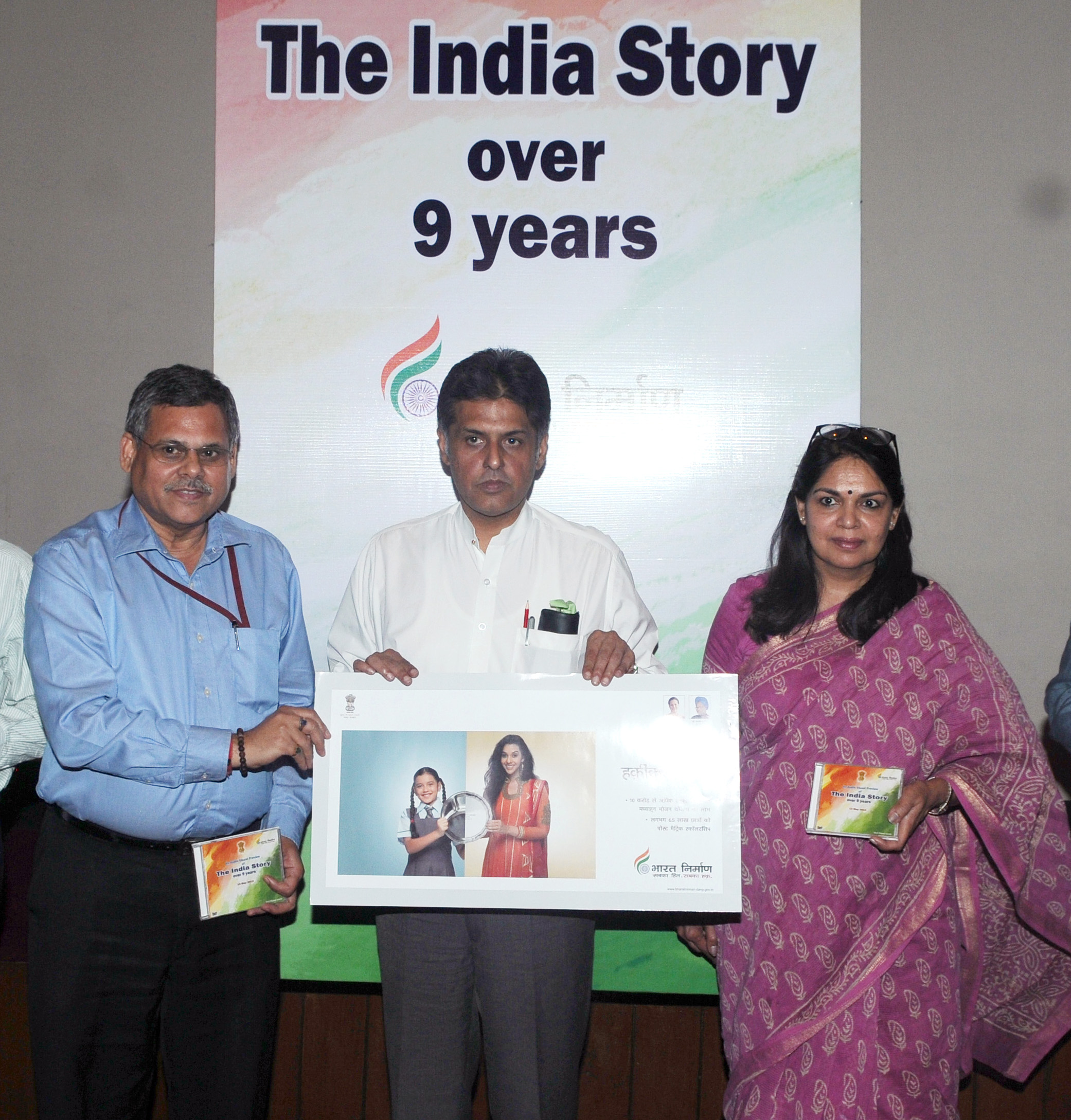The fine art of political advertising rests on one premise: there is no fine print in it
“Can you name the country that has a higher growth rate than UK or US?” The answer is supposed to be India.
This question from the Congress campaign of 1984 launched election-oriented political advertising in India. (The other creative gems from that campaign, created by the Rediffusion ad agency, were: Will Your Grocery List, in the Future, include Acid Bulbs, Iron Rods, Daggers? Will the Country's Border Finally Move to Your Doorstep? Can You Taste the Difference Between Dependency and Self Sufficiency?)
But can you compare growth rates of a developed economy and a developing one? India, starting out from a lower base, is bound to show a far higher growth rate. Meanwhile, ignore the definite article in the question and the silly assumption that there is only one answer. Even today, there are 25 nations ahead of India on this count.
It was on this note that political advertising started in India — the ad agency creative-type guys treating the voter as a gullible consumer, and a political party as a detergent powder brand.
But over the years even ad agency guys also got wiser, and brought in a code of self-regulation with a basic premise that advertising should not cheat consumers. But in the same period, political parties started to come around to the notion that there is nothing wrong in cheating the voter.
So, I can go to court if a company/advertiser is cheating me, but if a party or a government is resorting to half-truths and false claims in an advertisement, I can’t do anything about it. Thus, you see fine print in, say, mutual fund ads (“Past performance is no guarantee of future returns”), but not in political ads (“Past non-performance is no guarantee of future performance”?).
With less than a year to go for the general elections, the UPA government this week launched its campaign. If there was some code for political ads, the MNREGS ad would have told us – even if in fine print – about the CAG findings of last month regarding irregularities and inefficiencies in this scheme. The ad on Sarva Shiksha Abhiyan would have several asterisks, pointing out the poor state of primary education as found in Annual Status of Education Report.
This Bharat Nirman ad campaign is from DAVP (directorate of advertising and visual publicity) of the government, and it is not the outright political campaign of a party, which will be even more brazen.
Does the Congress expect to counter four years of intensely negative publicity with a yearlong ad campaign? Can Rs 180 crore (the ad budget) wipe out a few of all those zeros from CAG’s corruption estimates? If the Congress knows its history, it has little reason for hope. The ad campaign worked for it in 1984, but not in 1989.
Ramachandra Guha recounts in “India After Gandhi’: “As in 1984 he (Rajiv) was advised by Rediffusion to stress the threats to the country's unity, stoked and furthered by a sectarian opposition and to be overcome by the Congress alone. This time (in 1989), however, the message did not resonate nearly as widely. For one thing, the accusations of corruptions had gravely hurt the government's credibility. For another, the opposition was far better organized.”
The accusations of corruptions have once again gravely hurt the government's credibility and it could be too late in the day for a PR blitzkrieg to save the ship.

